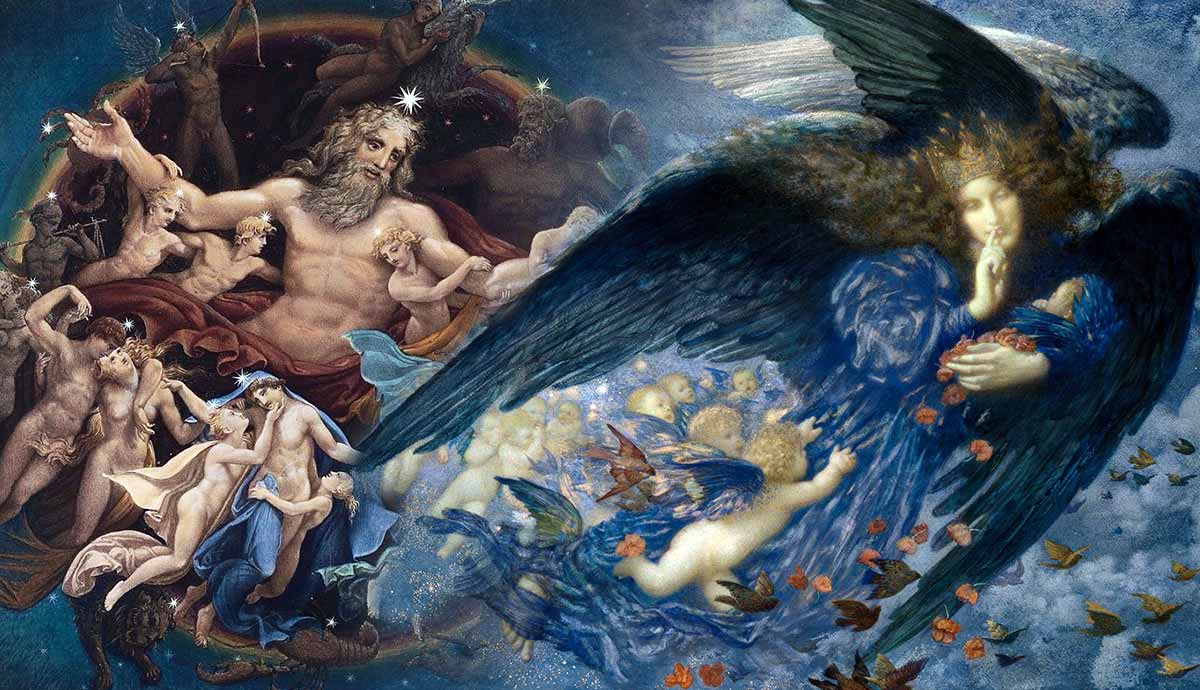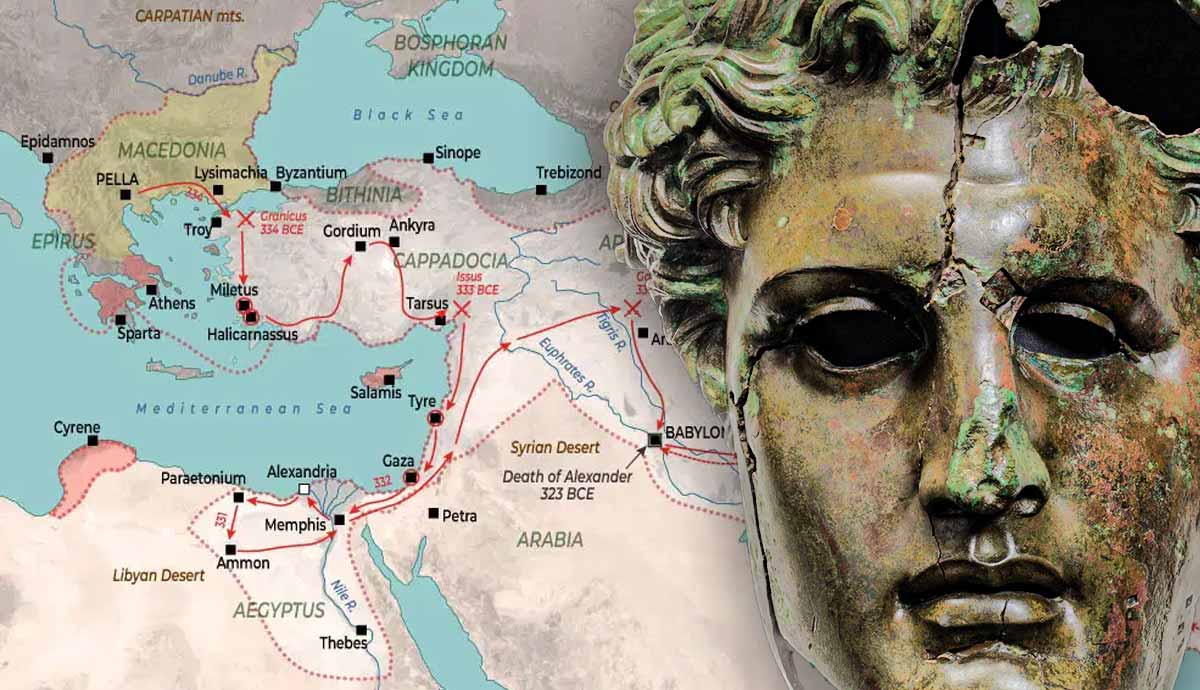
One of the hidden gems of classical Greek architecture is perched on the mountainous region of Arcadia, Peloponnese, at a location known as Bassae. Situated 1,131 meters above sea level in an unpopulated and remote location, dedicated to Apollo the Healer. Apollo was the god of light, arts, poetry, and oracles, with his center of worship in Delphi, but also the god of plague and medicine. The Arcadians dedicated the temple to Apollo for this latter attribute as a healer, and his abilities as a warrior, as he had protected them from plague and invasion.
Built between 450 and 400 BCE, constructed by Ictinus, the architect of the Parthenon in Athens, and the Telesterion, the great hall of the Eleusinian mysteries in Eleusis. The signature of Ictinus is indicative of its importance as a temple; after all, he was the most famous architect of classical Greece.
Location and Travel Information

The 230km drive south of Athens, past the city of Tripoli, and up the Arcadian mountains is an enchanting journey through most picturesque valleys. The surrounding mountains of Kotylio, Lykaio, Tetrazio, and Elaio stand guard around the valley of Bassae.
An organized tour might be an excellent option as you get the chance to visit other nearby places of great interest, including Olympia, however, the more adventurous should opt to plan a car hire for a minimum 3-day tour of the region at their leisure and submerge in its cultural and natural beauty. A good selection of nearby hotels, rooms to rent, and restaurants will keep you adequately provided for in your journey.
Bassae, the name means “little valleys”, was always a sacred place, host to numerous temples. All the gods of antiquity – Pan, Aphrodite, Artemis, and of course, Apollo, were worshipped in this sacred region, and it was here that one of the greatest religious centers of the entire of Hellenic world was to be erected. Arcadia, during the European Renaissance, became a symbol of pastoral simplicity, a denotation of an idyllic location, a paradise on earth not corrupted by civilization. This terrain remained the same through the millennia, truly untouched by human intervention, and until today, it resembles the much sought-after paradise on Earth.

The first “tourist” to visit the Temple was Pausanias, the great traveler and geographer, who arrived in Bassae in the 2nd century AD, stunned by its magnificence and strength giving a detailed description in his work Description of Greece. It was rediscovered by chance by French architect J. Bocher in 1765. In the 19th century, British archaeological expeditions to the temple removed some architectural artifacts, including the frieze, displayed in the British Museum in London. The Greek Archaeological Society commenced their excavations and restoration work in the 20th century, continuing to date to preserve the monument.
The Odd Temple

The Temple of Epicurius Apollo has certain architectural features that are unique; it exhibits a combination of archaic and innovative elements, not randomly assorted to produce architectural art, but rather with a profound intention to represent the Divine. Indeed, this peculiarity would classify it as the first large-scale sculptural work of art in human history to represent an abstract concept.
The Axis: Position of the Temple

Unlike the Temples of classical Greece mostly positioned in an East-West axis, a practice later adopted by Christian churches, the Temple of Epicurius Apollo has an axis of North-South.
This could be a technique Ictinus adopted to please the Arcadians, who were known to have positioned some of their archaic temples in this manner. On the other hand, it could be an architectural intervention to capture the divine and project it through the monument. A well-devised process to capture the sunlight that surrounds and enters the temple dedicated to the god of the sun and to use the shadows cast to enhance the architectural design.
Archaeologists have published numerous works on the subject of the relation of the Temple to the sun, other celestial bodies, many controversial theories resulted from those studies, and many remain to be proved. One of the most controversial theories is the one that claims that the temple shifts by 50.2 seconds of a degree every year, to face constantly the star Sirius; which was believed to be the birthplace of God Apollo.
It is though a fact that Apollo’s equivalence with Helios-Sun and the temple’s North-South orientation places it almost perfectly into the heliacal arc, the annual movement of the sun through the sky. The existence of an eastern door in the inner sanctum that allows the first rays of the sun on the day of the summer solstice to reflect on the central column of the Temple, clearly indicate the temple’s relation to the annual phases of the sun. The day of the summer solstice denotes Apollo’s birthday.
In addition, the east door is looking towards the island of Delos, the birthplace of Apollo and his twin sister Artemis sanctuary, with the temple at Bassae situated in a latitude very close with that of Delos (Bassae: 37° 25’ 45’’ N, Delos: 37° 24’ 09’’ N).
A Short documentary by Jean-Daniel Pollet will take you through the majestic and spiritual site of the Temple, its relation to the earth, sun, and the celestial bodies.
The Architectural Styles of the Temple

This is a classical temple, one of the earliest post-Parthenonian structures, and the first monument to exhibit simultaneous use of the three ancient Greek architectural styles, Doric, Ionic and Corinthian. Very well preserved, most of its columns stand in their original place.
The exterior columns, known as the peristyle are of Doric style. The short side has six columns and the long side has 15 columns instead of the 13 that we should expect based on the classical proportions of the period. The additional columns make it larger in size than other temples. However, Ictinus skilfully balanced the proportions of the length and width of this enormous size temple to exude power and strength combined with grace for perfect harmony.

The columns of the sanctuary (naos) are Ionic in style. The combination of the two rows of columns allows visitors to walk within the temple’s perimeter, something unprecedented in Greece, where many temples were off-limits to the public.
A Corinthian column used to mark the entrance to the inner sanctum, its capital is the oldest surviving example of the order. This inner sanctum column had the specific position to reflect the sun as mentioned earlier.
The Temple Friezes – Metopes

The friezes of a temple, the sculptures positioned in broad horizontal band decorating the external top of the temple above the columns, known as Metopes, usually indicate the religious theme of the temple. They reveal the intentions and aspirations of the temple’s dedicators, in this case the Arcadians.
Epicurius Apollo on the north side, the frieze above the entrance depicts the deities associated with Apollo’s return from the Lands of the North, the coming of spring and the Sun in the longer days to follow.
On the south side of the temple, the frieze depicts a mythical battle between the hero Hercules, the Centaurs and the Amazons. Contrary to the serene northern frieze, here we look at a struggle, a carnal depiction that also represents the coming of spring as a time of uncontrollable passion for nature and man, a source of transgression and strife.

The monumental temple frieze, of great historical and artistic value, displayed in the British Museum, displayed on the upper level of Room 16. The remains of some of the 12 sculptured Metopes that decorated the Doric frieze of the north and south porches can be seen on the lower level.
Conclusion
The visit to the Temple of Epicurius Apollo is definitely a unique experience for those who value art, as expressed by monumental architecture. It will also offer a mystical trip into a structural paradox designed to articulate a deep religious belief combined with unequivocal scientific knowledge.
Finally, like all great monuments around the globe, it will grace you with the beauty of the perfect balance between the surrounding nature and man, an indigenous knowledge of what we now refer to as sustainable development, where only local material, the honey-colored limestone on which it rests, sets a perennial framework of divine, natural and cultural rhythms.
Lastly, when you plan to visit a Greek Temple take with you the words of the Greek author and truth-seeker Nikos Kazantzakis, they will guide you through the journey.
“I find a certain difficulty to correlate and feel the ancient temples. At first contact, I remain entirely impassive. It would take me time and intensive contemplation; train my eye to comprehend the simplicity, wisdom, the power and grace of an ancient temple. Classical art does not surprise you. Instead, it leads you gently and quietly up a human path, until you reach the peak, never tired, never gasping for breath.” Kazantzakis Nikos, Travelling










